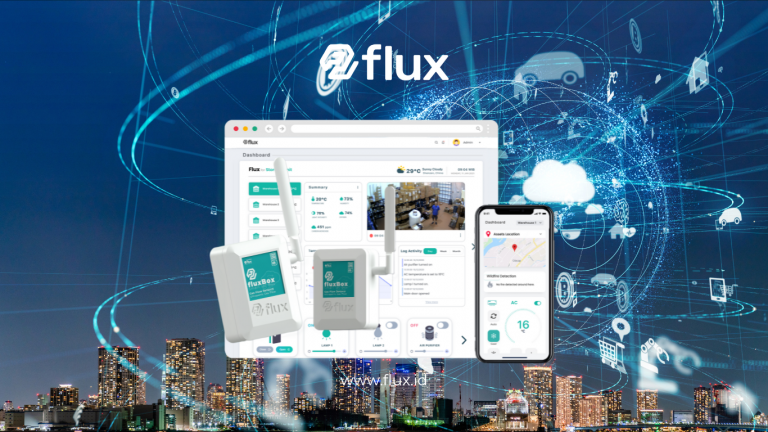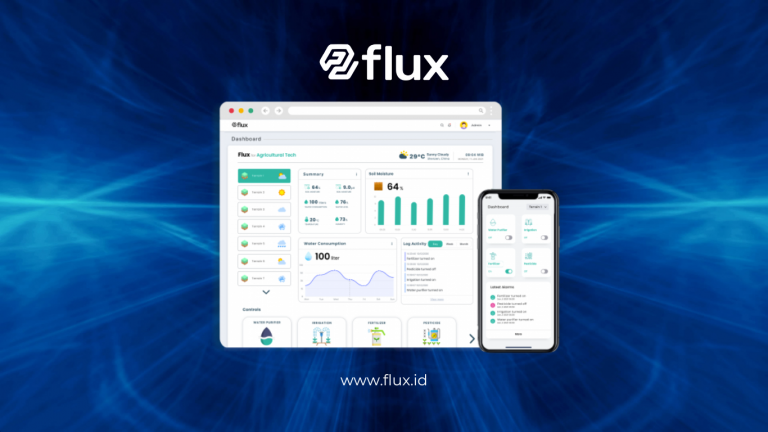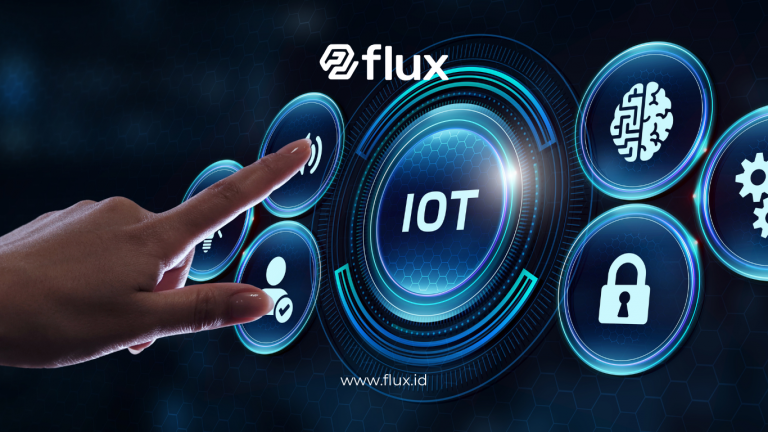Don't miss our holiday offer - 20% OFF!
IoT (Internet of Things) technology has sparked a revolution in various sectors, including agriculture. With global challenges such as climate change, declining arable land, and the need for sustainable food production, digital agriculture has emerged as a vital solution. IoT sensors play a central role in this transformation. This article explores how IoT sensors help farmers manage resources, monitor fields, and enhance crop yields.
Contents
What is Digital Agriculture
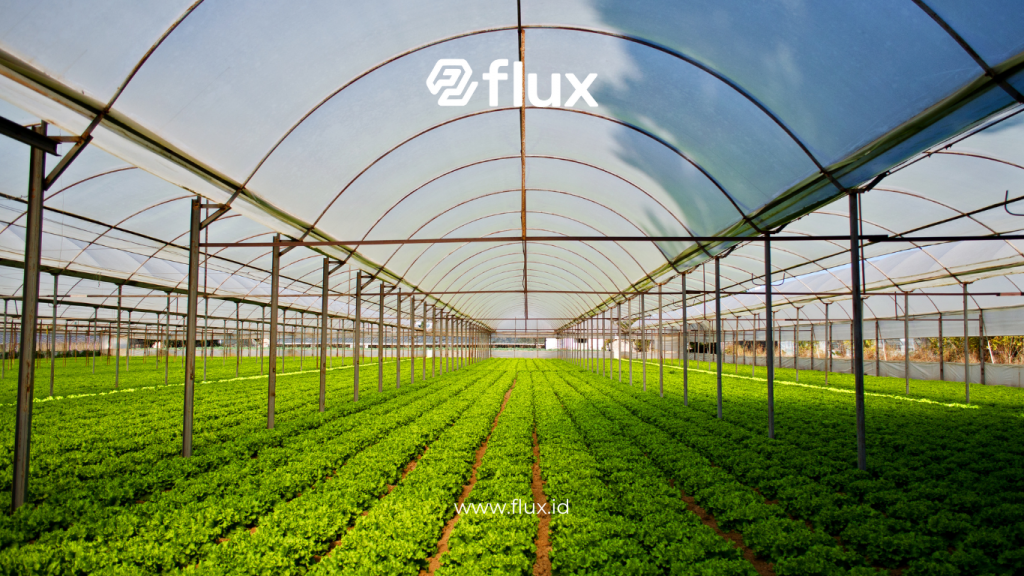
Baca Juga: Transforming Agriculture with IoT: Technology for Smart Farming
Digital agriculture is an approach that leverages advanced technology to boost productivity and efficiency in farming. By utilizing data from IoT sensors, drones, and AI systems, farmers can make more informed and accurate decisions.
Key Benefits of Digital Agriculture:
- Resource Efficiency: Optimizing water, fertilizer, and pesticide usage.
- Sustainability: Reducing environmental impact.
- Higher Crop Yields: Real-time monitoring of crop conditions.
How IoT Sensors Support Agriculture
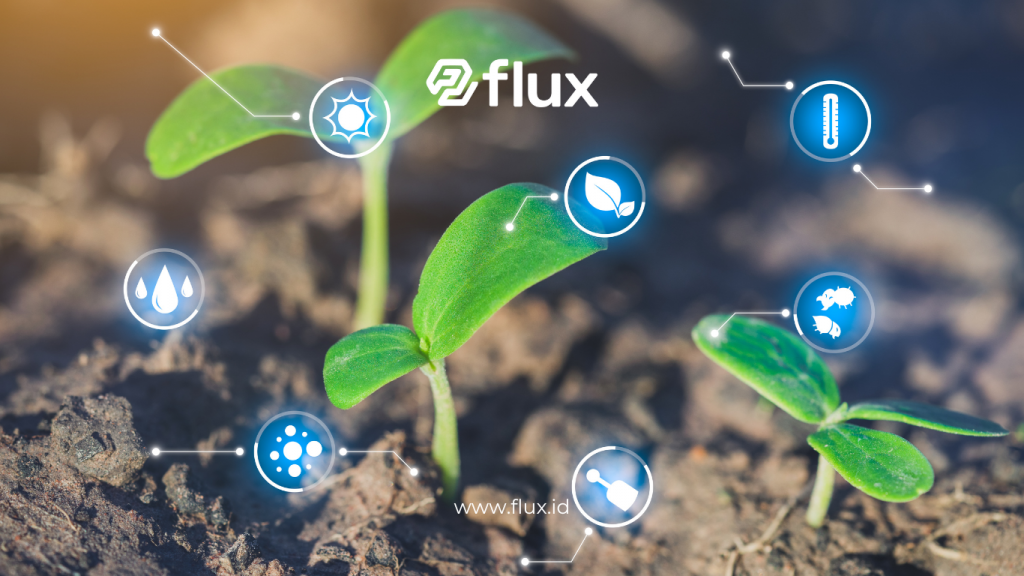
Read More: Modern Agriculture with IoT Sensors for Plant Monitoring
IoT sensors are devices designed to collect and transmit real-time data. In agriculture, these sensors have critical applications:
Types of IoT Sensors in Agriculture:
- Soil Moisture Sensors: Measure moisture levels for efficient irrigation.
- Weather Sensors: Monitor temperature, humidity, and light intensity.
- Nutrient Sensors: Assess soil nutrient levels for precise fertilizer needs.
- Pest Detection Sensors: Identify pest threats early.
How IoT Sensors Work:
Sensors collect environmental data, transmit it through networks, and process it using algorithms to provide actionable insights.
Challenges in Modern Agriculture
Agriculture faces several challenges, including:
- Climate Change: Weather unpredictability threatens food production.
- Resource Scarcity: Decreasing availability of water and fertile land.
- Global Demand: Growing populations increase food demands.
IoT sensors address these challenges by providing real-time information that enables better management.
Implementing IoT Sensors in Agriculture
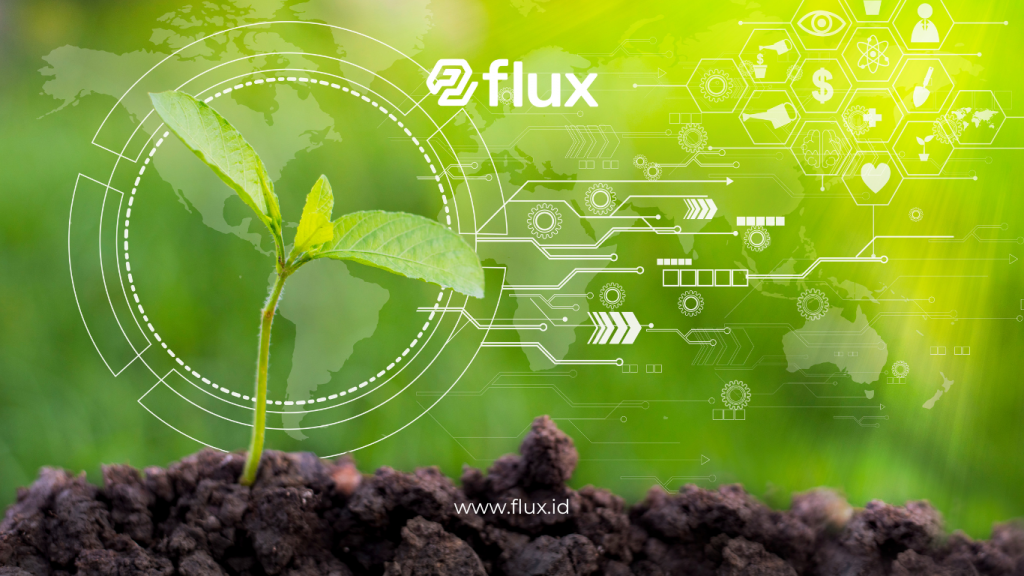
Read More: Achieving Precision Agriculture with IoT-Based Soil Nutrient Sensors
Real-Life Use Cases:
- Irrigation Management: In India, farmers use soil moisture sensors to save up to 50% water.
- Crop Monitoring: In Europe, IoT sensors boost crop yields by 30%.
- Pest Detection: Camera sensors and AI identify pests before they harm crops.
Implementation Steps:
- Identify field and crop needs.
- Select suitable IoT sensors.
- Integrate sensors with monitoring platforms.
- Train farmers to utilize the data.
The Future of Agriculture with IoT
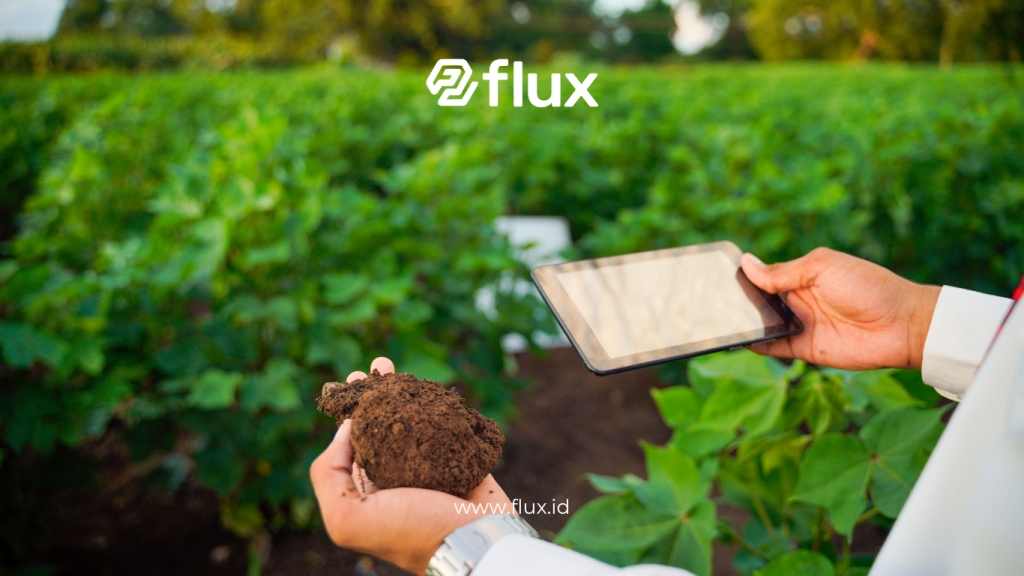
Read More: IoT Sensors in Agriculture: Monitoring Plant Health in Real-Time
With technological advancements, IoT sensors will become more sophisticated. Upcoming trends include:
- AI Integration: High-accuracy crop condition predictions.
- Blockchain Use: Transparency in the food supply chain.
- Total Automation: Robots performing farming tasks based on sensor data.
Conclusion
IoT sensors have proven to be a revolutionary technology in digital agriculture. With their ability to provide real-time data and accurate analysis, they help farmers tackle modern challenges with smart solutions. The future of agriculture will increasingly depend on technological innovations to ensure sustainability and efficiency.



